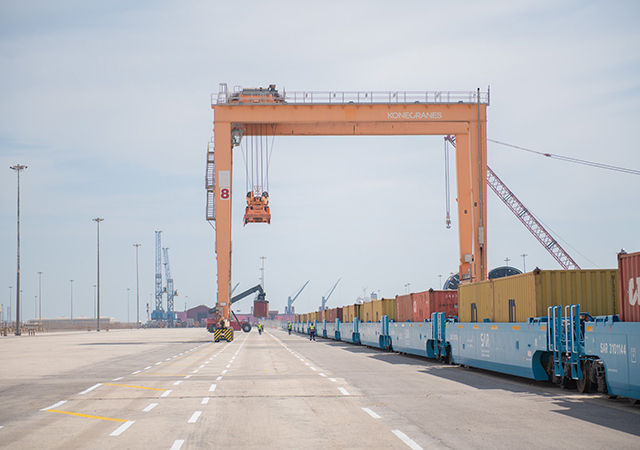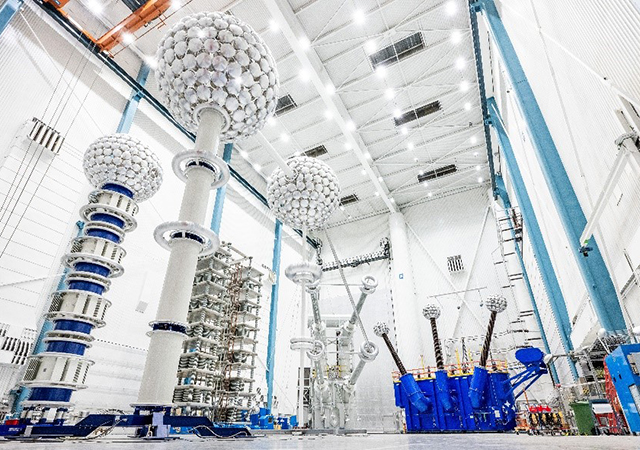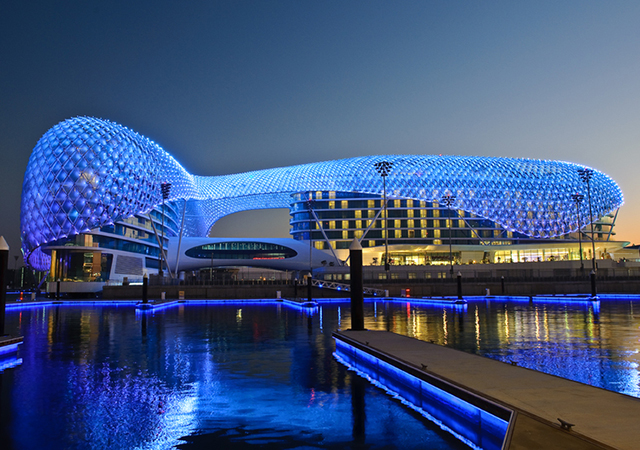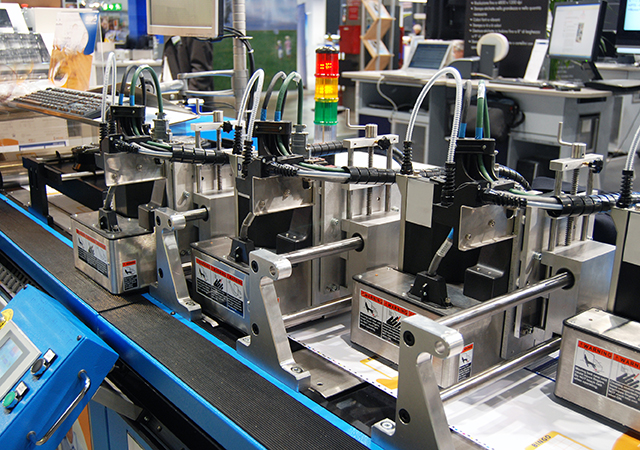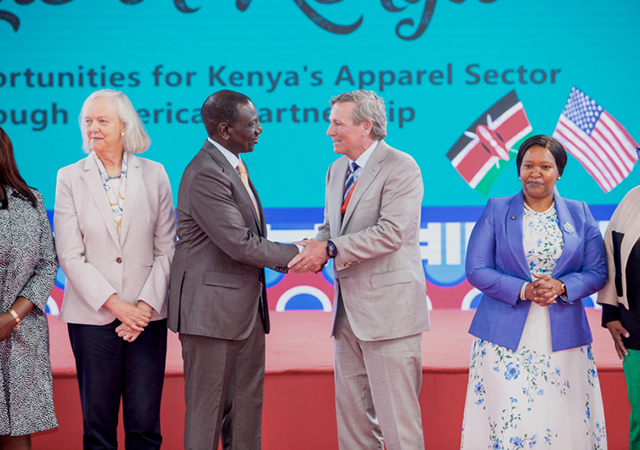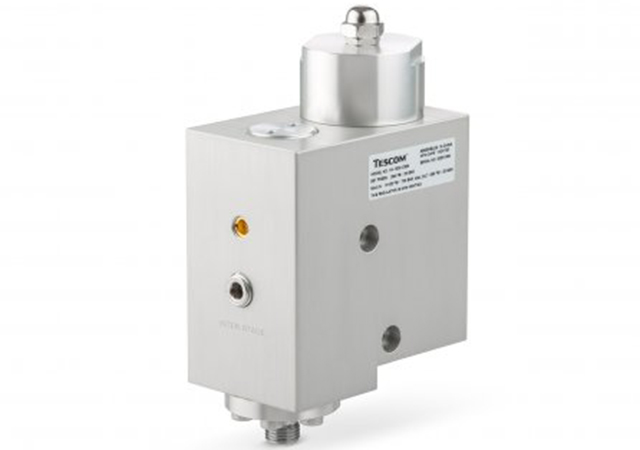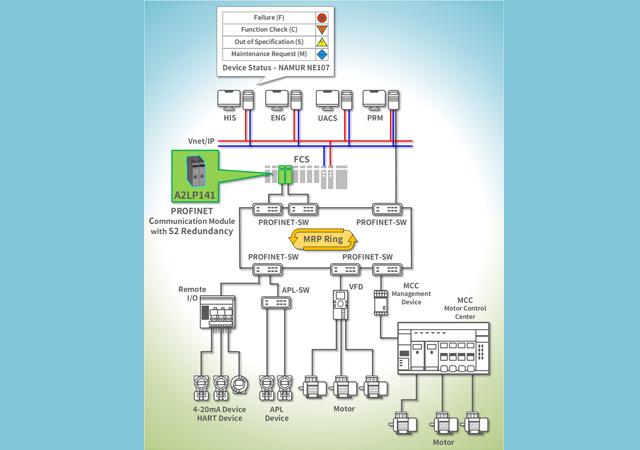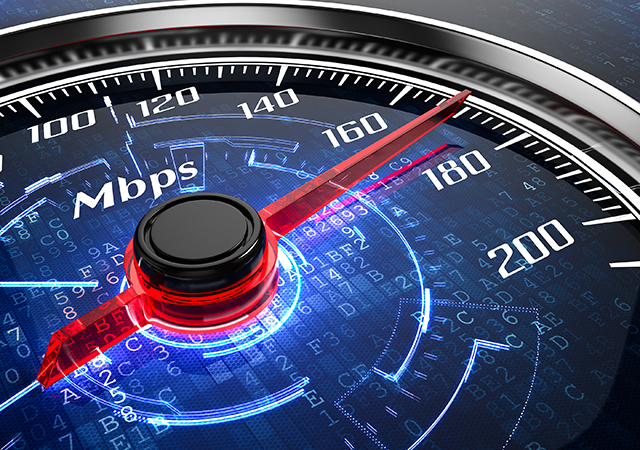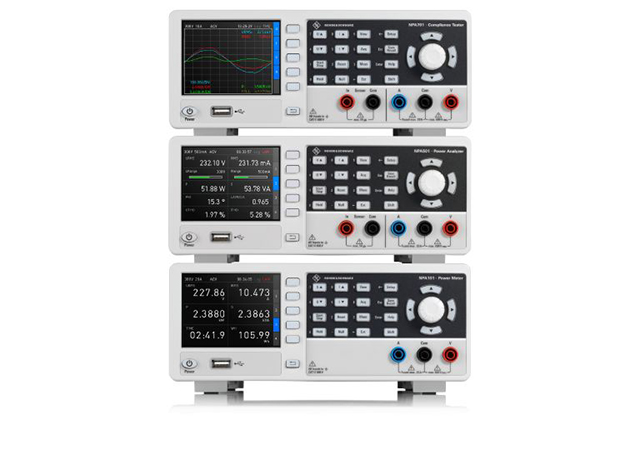.jpg)
 Prysmian Group is one of the leading players in the global wires and cables market
Prysmian Group is one of the leading players in the global wires and cables market
The global wires and cables market is expected to reach $232.6 billion by 2025, growing at a CAGR of 4.9 per cent, according to a new report by Grand View Research.
Increasing funds for upgrading infrastructure coupled with the demand for refined power transmission and distribution systems are expected to be the key factors driving the growth.
Rising economic activity and rapid urbanisation in emerging economies will lead to industrial growth. Sectors such as telecom and aerospace and defense are moving towards new infrastructure and construction, driving the demand for wires and cables used in construction activities. Technological upgrades require various services such as communication and internet access. Expansions and upgrades in these will directly boost the demand for communication, instrumentation and Ethernet cables among others, it said.
 |
|
The wires and cables industry today is dominated by branded players |
Multiple Growth Drivers
Increasing investments in smart grids and renewable energy generation are the other factors driving the overall market. Adoption of smart grid technology has fulfilled the rising need for grid interconnections, significantly resulting in rising investments in the new submarine and underground cables. In addition, growing offshore wind farms, high voltage direct current links, and grid interconnections are projected to fuel the growth of the market, noted the report.
Smart grid is an electric grid, which consists of controls, computers, automation, and new technologies and equipment which functions together and provides efficient transmission of electricity. Rising population is leading to increasing demand for power. To reduce the frequency and duration of power outages, storm impacts, and to restore service faster after outages, it is necessary to make the grid smarter and technologically advanced. Smart grid helps provide more reliable power, generating efficient renewable power, using a mix of energy sources, working with smart devices and smart homes, reducing carbon print and encouraging the use of electric vehicles.
Increased energy needs in Asia Pacific, Middle East, and South America has resulted in rising investments in smart grids in these regions, further driving the demand for low voltage cables. Growth in the power distribution sector, power generation from renewable energy sources, and demand from automotive and non-automotive industries are the other factors projected to positively influence the demand for low voltage cables.
Owing to increasing demand from retail consumers, on rapid urbanisation and development of rural markets, the wires and cables market is growing very rapidly. Moreover, in order to cater to demand from the automobile industry, vendors are further developing fail-safe wiring and cabling system architectures, thereby aiding the expansion of the wires and cables market. The market has been growing progressively owing to the high growth in the power and infrastructure segments.
Shape of the market
The global wires and cables market can be segmented on the basis of device, voltage, end use or applications. Device type segment can be categorised into wire, and cable. The wire segment is further sub-segmented into a solid wire and stranded wire. Furthermore, the cable segment is also sub-segmented into twisted pair cable, multi-conductor cable, coaxial cable, and fibre optic cable. Based on the voltage type, it is further bifurcated into low voltage, medium voltage, high voltage, and extra high voltage. The applications market is further segmented into power transmission and distribution, transport, data transmission, infrastructure, and other application.
Low Voltage Segment
The low voltage emerged as the fastest growing segment over the forecast period, owing to the high in the distribution networks, LAN cables, building wires, appliance wires, and others. These wires and cables support smart grids to deliver a good quality of electricity supplies and offers an improved provision of electricity for end consumers. The energy and power sector across the world is experiencing rapid changes. Most of the developing and developed countries are experiencing a heavy demand for electricity and are moving towards incorporation of large-scale renewable resources.
The high voltage wires and cables are used for transmission of electricity from 1,000 volts. These cables are coated with paper and oil, to avoid direct contact of the cables with an individual or any other material. The quality of high voltage cables depends upon the insulation material type used. High demand for these cables from the end users such as telecom, power distribution, oil and gas, and aerospace and defense is expected to be the major factor responsible for the growth of the high voltage cable market over the forecast period.
Installation Insights
The overhead installation segment emerged as the largest segment and is estimated to generate revenue of over $148.21 billion by 2025. Overhead installation technique is the most widely used approach across the world. The overhead approach of wires and cables is the cheapest and easiest form of installation and is the most widely adopted installation techniques in less populated countries. However, countries with high incidence of natural calamities such as earthquakes tend to have overhead cable installations.
Underground installation segment is expected to expand at the highest CAGR over the forecast period. The underground cables installation incurs less transmission losses, lowers the maintenance costs, and thus, easily absorbs the power loads. They release no electric fields, hence, many countries are adopting these installations. Demand from various sectors such as residential, commercial, telecom, automotive, energy and power industries are leading to expansion and upgradation of infrastructure which in turn is anticipated to drive the overall market. Developing countries such as China, India, and Vietnam are spending a significant portion of their GDP in infrastructure development.
End Use Insights
Energy and power segment held the largest market share in 2018. Several technological upgrades such as shifting the old transmission lines to high or extra high voltage lines to avoid the transmission losses are been made in the electricity T&D ecosystem. These changes aim at making the ecosystems stable in contradiction of the alternating nature of renewable sources of energy. Moreover, introduction of new methodologies such as synchronised charging of electric vehicles and net metering for solar homes have aggressively affected the utilities sector. However, this growing renewable power capacity and energy generation have further augmented the need of countries to interrelate their transmission systems. This link up is expected to balance the power generation and demand through export and import of electricity. With increase in renewable energy generation, the electricity trade is expected to increase resulting in the construction of higher capacity interconnection lines significantly driving the market.
Building and construction segment is expected to expand at the highest CAGR of 5.5 per cent over the forecast period. However, new construction and refurbishment in aging residential, commercial, and industrial building in different regions of the world. Developing countries in South America, Middle East and Africa, and Asia Pacific are undertaking new construction infrastructures such as rail tunneling, rail signaling, and a corresponding expansion in power generation and distribution are driving the market.
Asia Pacific Dominates,
North America is anticipated to register stable demand for wires and cables over the forecast period. However, Europe is expected to witness growth owing to the initiatives such as Digital Agendas for Europe 2025. North America has witnessed a vast increase in the data consumption which has resulted in investments by the companies such as AT&T and Verizon in fibre networks. For instance, in May 2017, Verizon Communications signed an agreement with Prysmian Group to upgrade the network architecture with fibre platform aiming to increase the 4G coverage and arranging the fundamentals for the consequent expansion of 5G and IoT technologies. Thus, these significant investments in the IT and Telecommunications sector are expected to drive the overall market.
The market in the Asia Pacific region is anticipated to expand at the highest CAGR of 5.9 per cent over the forecast period. China is expected to lead the wires and cables market in the region constantly throughout the forecast period as it has a significant number of vendors, and its production is more than twice that of the next largest wires and cables producing country. The rising demand for light, power, and communication is projected to fuel the expansion.
unorganised to branded
The wires and cables industry has graduated from being dominated by unorganised sector players to the branded and quality players with international repute. Even though the wires and cables industry are largely volume-driven, quality and technical parameters with reputed brands play a dynamic role in determining the demand for various products.
Key players such as Prysmian, Furukawa Electric, Nexans, Fujikura, Sumitomo, Southwire Company, Leoni, NKT, Belden, LS Cable & System, and KEI Industries held the leading positions in the market. These companies are adopting various organic and inorganic growth strategies. Extensive investments in smart grid transmission have led players to receive contracts and agreements.
Mergers and acquisitions and partnerships have positively impacted the growth and are significantly driving the overall market share of key players. For instance, in August 2016, Nexans and American Superconductor Corporation (AMSC) entered into a partnership to market and sell AMSC’s Resilient Electric Grid (REG) system. The partnership involves AMSC and Nexans to collaborate and deliver products and solution to electric utility customers in the US and Canada. Also, Nexans signed a framework agreement with Energinet.dk, a Danish Transmission System Operator (TSO).



